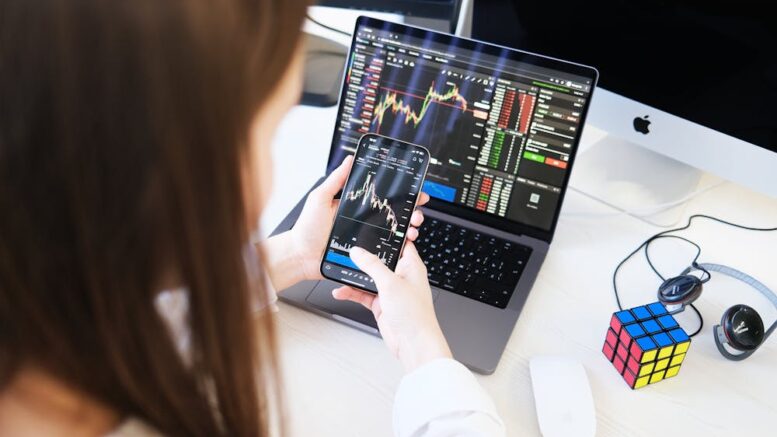Social media is not just where people go to connect. It has become a powerful force shaping opinions, driving trends, and influencing how people invest. For the growing community involved in copy trading, social platforms play a significant role in everything from trader selection to emotional responses during market shifts.
Platforms become discovery tools
Instagram reels, Twitter threads, TikTok explainers, and YouTube breakdowns are filled with users sharing screenshots, performance reviews, and personal success stories. For many beginners, this is the first time they hear about copy trading. They are introduced to the concept not through formal education or financial advisors but through viral content from influencers and traders.
As a result, platforms like X and YouTube have turned into discovery hubs. Traders gain visibility by showcasing their results, and followers choose based on personality, perceived trustworthiness, or trending status. While this access can open doors, it can also distort judgment if not balanced with deeper research.
Emotional investing becomes more common
When markets dip, panic often spreads faster on social media than it does on financial news channels. A trader posts a loss. A follower shares frustration. Within minutes, the conversation becomes charged with emotion. This rapid exchange of information can influence decisions made in haste, especially by new users who are not accustomed to market cycles.
Copy trading already involves a high degree of trust in others’ decisions. When that trust is influenced by social sentiment rather than hard data, followers might change strategies too quickly or shift funds based on popularity rather than performance.
Trader credibility is shaped online
Many traders now build personal brands through social platforms. Their trading activity is only part of the equation. The way they engage with their audience, respond to feedback, and share insights becomes just as important. This social layer creates a new form of transparency, one that is based on public interaction.
For followers, this can be empowering. They can ask questions, learn more about a trader’s mindset, and make more informed decisions. At the same time, it can lead to followers choosing traders based on charisma or content style, not proven success in the markets.
Marketing fuels hype and expectations
It is common to see ads from copy trading platforms running across major social platforms. These ads often focus on success stories, simplified results, and lifestyle appeal. While the intention is to attract new users, it can also create unrealistic expectations.
Some investors enter the space believing it is easy money, inspired by polished content rather than market realities. This disconnect between presentation and performance can lead to frustration when returns do not match social media promises. Education and realistic messaging remain essential in balancing this narrative.
Community can be a powerful resource
Despite the noise, the positive potential of social media in copy trading is hard to ignore. When used wisely, communities become valuable spaces for sharing ideas, reviewing trader performance, and supporting each other through ups and downs. Group discussions help demystify complex strategies and allow followers to learn in real time.
Whether it is a subreddit dedicated to trading updates or a Telegram channel for market analysis, social media can turn passive investors into engaged learners. With the right filters and a bit of skepticism, these communities enrich the copy trading experience far beyond what platforms alone can offer.

Be the first to comment on "The Role of Social Media in Shaping Copy Trading Trends"